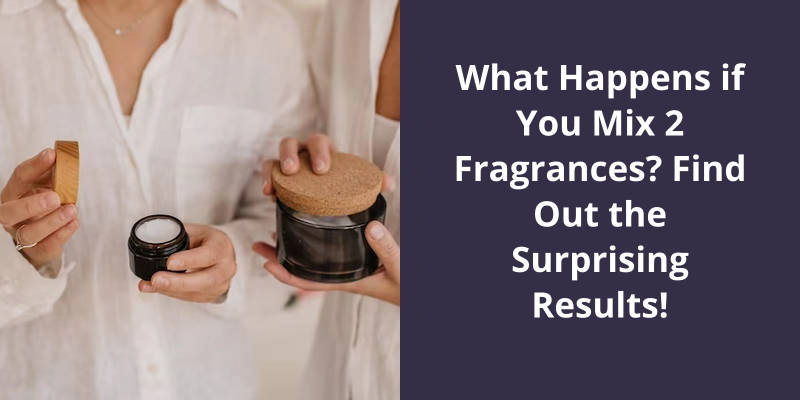It’s derived from the resinous heartwood of the Aquilaria tree, native to Southeast Asia. While commercial production of oudh involves a complex and expensive process of infection and extraction, it’s possible to make your own oudh at home using simple tools and ingredients. Making oudh requires patience and dedication, as it involves many steps over a long period of time. However, the satisfaction of crafting your own unique fragrance is well worth the effort. In this guide, we will walk you through the process of making oudh from scratch, from selecting the right ingredients to aging and blending the final product. Whether you’re a perfumer, incense lover, or simply curious about the art of oudh-making, this guide will equip you with the knowledge and skills to create your own exquisite fragrance.

How Is Oudh Made?
To extract the precious oud, the infected wood is harvested and then processed in various ways. The most traditional method involves soaking the wood in water to free the resin, which is then distilled to create the essential oil. This process can take months, and the yield is often low, which adds to oud’s rarity and expense.
Another method involves creating incisions in the wood, allowing the sap to seep out and oxidize, creating the complex and rich scent that oud is known for. This method is typically more efficient and yields a higher quantity of oud, but it also results in a lower quality product.
Once the resin has been extracted, it must undergo further refinement to create the final product. This can involve a variety of techniques, including distillation, filtration, and aging. During this process, the scent of the oud becomes more nuanced, with aromatic compounds developing over time.
In recent years, synthetic oud has become more prevalent in the fragrance industry, as it’s less expensive and more sustainable than natural oud.
Overall, oud is a prized and luxurious ingredient that requires a great deal of expertise and care to produce. It’s depth and complexity make it a coveted addition to both perfumes and home fragrances, with it’s history and rarity adding to it’s allure.
Now that we’ve learned about the diverse characteristics of the oud fragrance, let’s explore the cultural and historical significance of this precious aroma.
What Is the Oudh Smell Like?
Oudh or agarwood is a rare and precious commodity that’s been highly valued throughout history for it’s unique fragrance. The scent of oudh is often described as earthy, woody, and musky with a hint of sweetness. It’s a complex aroma that’s both intense and seductive, making it a popular ingredient in perfumes and incense.
The process of extracting the agarwood is a delicate and time-consuming process that involves carefully harvesting the trees and then soaking and fermenting the wood in water for several months.
There are several different types of oudh, each with it’s own unique fragrance profile. Cambodian oudh, for example, is renowned for it’s sweet, floral notes, while Indian oudh has a strong, earthy aroma.
In addition to it’s use in perfumes and incense, oudh has also been used for centuries in traditional medicine. It’s believed to have a range of health benefits, including relieving anxiety, promoting relaxation, and reducing inflammation.
The Use of Oudh in Home and Decorative Items Such as Candles, Room Sprays, and Diffusers.
- Oudh scented candles
- Oudh room sprays
- Oudh diffusers
- Oudh scented potpourri
- Oudh incense
- Oudh infused wax melts
- Oudh scented sachets
- Oudh infused reed diffusers
- Oudh scented air fresheners
- Oudh infused home decor items such as pottery and wood carvings
Conclusion
In conclusion, making oudh isn’t a simple task that can be accomplished overnight. It requires patience, time, and attention to detail. The process involves selecting the right raw materials, cutting them down to size, and distilling them in a special apparatus. The quality of the oudh depends on the skill of the artisan and their ability to choose the right ingredients as well as to master the distillation process. The satisfaction of creating oudh is truly unparalleled and the end result is a fragrance that can evoke emotion, memories, and a sense of luxury. Ultimately, if you’re willing to invest the time and energy needed to create the perfect oudh, the rewards are worth it.




